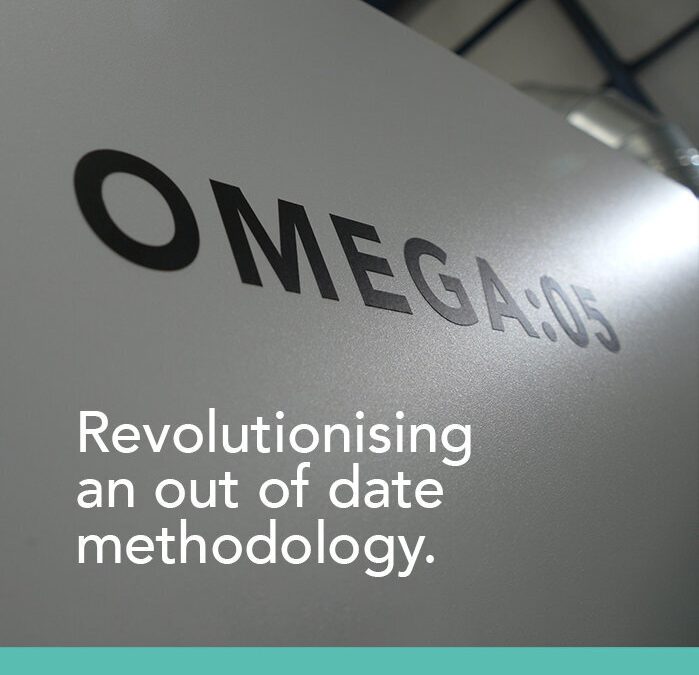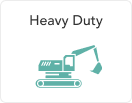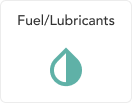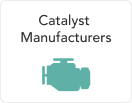OMEGA – A PRECISION SOLUTION
The Omega machine is Catagen’s new patented recirculating gas reactor.
An aftertreatment system is seen as the black box of powertrain engineering and what we have done using the Omega machine is to shine a light into that box to unlock greater understanding. Omega allows us to test emissions and aftertreatment systems for a wide range of different applications ranging from motorcycles to heavy duty diesels. It is a very versatile machine, testing anything that requires temperature flow and varying gas composition including materials testing. All to a very high level of precision.
We use the machine to simulate the ageing process on a wide range of vehicles – from standard gasoline to diesel, hybrid powertrains, biofuels or ethanol engines or natural gas engines. Once we know the gas composition in one machine, we can replicate that to meet whatever application the car manufacturer is using. We are proud to say that’s a world first and pioneering in our industry.
What makes the technology unique is that it is the only synthetic gas reactor in the world that can test full scale aftertreatment systems for a wide range of applications. The fact that it recirculates its gas feed allows it to reach flow rates much higher than any other test reactors allowing us to test full aftertreatment systems with unrivalled levels of accuracy, repeatability and reproducibility.
OMEGA VERSUS TRADITIONAL INDUSTRY METHODS
Omega is unlike anything else in the industry as traditionally the testing is done on a vehicle or on an engine dyno test cell.
In the Omega machine we inject each individual gas species independently, allowing us to vary parameters that traditional testing cannot. We can also vary a wide range of different compositions of gases, temperatures and flow rates. We can delve into the chemistry and test the performance of the aftertreatment parts more precisely to create a better understanding of how they work and with that understanding variations can be made to those parts to increase their performance in the real world.
This is important as it provides us with the accuracy and repeatability to deliver high resolution test data. Whenever you are looking at chemical reactions on a very small scale, the level of accuracy becomes highly critical. You cannot do this with an IC engine because it is limited to a small number of parameters, primarily lambda flow and temperature. We can surpass that, controlling hydrocarbons, carbon monoxide, oxygen and NOx levels. We can also add in other additives that can help poison a catalyst, all controlled to a very fine level.
A CATAGEN APPROACH
At Catagen, we take standard performance measurement techniques such as light-off, AFR sweeps and OSC measurements and strip them back to their purest form. We replicate exactly what an engine would do in terms of using a different range of gas species or we can isolate an individual gas species and remove it to investigate what effect for example carbon monoxide will have on this reaction, or what effect would the hydrocarbons have on this reaction and what impact that has on the ageing process.
The software in this process is vital for the machines as it controls the temperature, flow rate and individual gas injection. It also allows us to monitor the performance of the aftertreatment system, so that we can collect emissions data from industry standard analysers which are integrated into our software.
UNDERSTANDING DATA – COLLECTION, MEASUREMENT, CONTROL AND SIMULATION
Our testing experience and research insights allows us to identify the key parameters in the development of aftertreatment systems. The data can be fed into the development process for aftertreatment systems such as simulation tools or development tools. We can use it to help predict how a vehicle will perform at 100,000 miles, 200,000 miles or anywhere in between – essentially from zero.
The understanding that the data brings, enables aftertreatment development systems to be designed to meet legislative targets which are becoming increasingly tighter year on year alongside pressure from the industry, public and politics.
We have temperature and pressure measurements in our machines, and we can integrate our software with industry standard gas analysis techniques. Omega reads in and responds at a 10Hertz rate collecting high resolution data from the catalyst that allows us to make the precise changes required to deliver accurate tests. We are not relying on other sources of measurements for our performance data. We know what is being delivered on a point one by point one second basis.
That high resolution data is then fed into a simulation tool which essentially can lead to virtual engineering of the application. It takes the guesswork out of the development of an aftertreatment system.
Understanding the process allows us to advise on what the engine manufacturer will need to do to meet the legislation. That will range from either their engine out operation to development of their aftertreatment system itself. Whether you are changing the composition, changing the size, the location or simply to optimise cost and efficiency.
Currently Catagen are the only company worldwide who can apply this to full scale aftertreatment systems.
HYBRID VEHICLES
Hybrid vehicles present a whole new range of challenges for the automotive industry. Engines are going to behave differently; powertrains are going to behave differently, and legislation has been changed with a lot more development work required to pass the legislation.
Our pure measurement of performance will allow us to determine how the aftertreatment system will perform under varying conditions, such as colder engine, stop start technology and an engine operating in a certain range instead of a full range that they would typically use today.
THE BENEFITS OF REAL REPEATABILITY
Catagen’s pure measurement of performance provides the data to understand what’s happening on a species by species level in the aftertreatment system. That in turn allows the engine manufacturer to tweak their aftertreatment systems or their engine settings to control the emissions out of their vehicle, therefore reducing pollution and further cleaning the air.
One of the unique things that we do is we can essentially program a recipe for a specific car engine type and run it in the Omega machine. We can run this test today and in 6 months’ time we can load that recipe again guaranteeing that it will see the same test results. This gives our customers a much higher level of confidence in the repeatability of our testing compared to any other methods.
Catagen’s OMEGA machine and our unique ageing methodology embedded within it has clear and immediate benefits for our partners.
